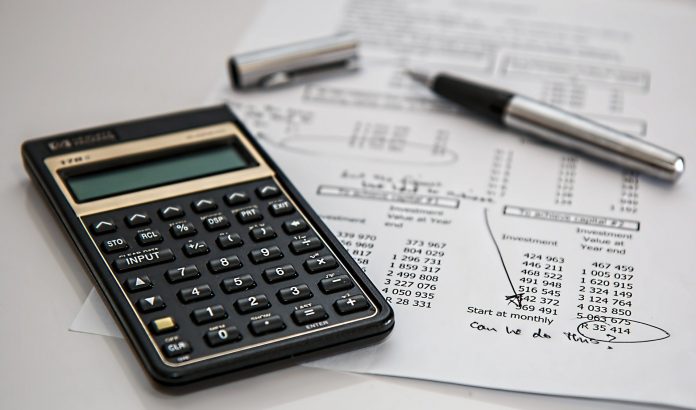Since the beginning of last year, about 16 months, Uber stock has risen 84%, yet the company loses about $200 million—per month. For the same period, Tesla stock has risen 800%, but the company has never made a profit if you don’t count energy grants it’s received from the federal government. Then there’s Bitcoin, which has risen from $7,300 last January to $57,000 at this writing. And nobody even understands what it is.
Today’s technology has allowed us to easily go on a computer and invest hard-earned—and sometimes not so hard-earned—money in securities we know little about. The frenzied buying has increased the price of many assets far above rational values. Instead of going to a baseball game or shopping at the mall, many people have been locked in at home on an Ipad buying the latest novelty can’t-lose proposition.
Meanwhile, most of these investors have rationalized why the increase in values is reasonable, at the same time reassuring themselves that they will be able to get out before the inevitable drop. Unfortunately, many will not.
There are lots of well-worn sayings about investing. One says that when your plumber starts talking about financial markets, it’s time to be cautious. Another is that investing is about managing two counter emotions: greed and fear.
For those of us who have read about or experienced history, this euphoria is nothing new. Experts say a good old-fashioned financial crisis happens at least every 20 years, which also happens to correspond to a new generation of investors coming of age, sort of a fresh wave of naive greed and fear.
Let’s take a quick look back.
During the roaring 20s, a century ago, most investors thought that the stock market was a sure thing, enough to go out and borrow to the limits to buy more. When the crash came in 1929, people ended up jumping out of windows.
During the 2000 tech bubble, (about 20 years ago!) people were buying stocks of companies that not only never made a profit, many never even had any sales. When the tech stock crashed, it took the sector 15 years to fully recover.
In 2007, people were so confident that real estate prices could never go down, they borrowed against their growing home equity to buy even more real estate. A residential lot in Spring Hill just five years earlier selling for $7,000 was suddenly selling for $77,000. By 2009, the price was back down to $7,000. Whoops.
But this time it’s different, right? No!
l have coined the current situation the Robinhood Bubble because Robinhood is the name of a trading platform that allows amateur investors to open up an account and easily invest small or large amounts to their heart’s desire, but often not using much of their brains.
How do we avoid the Robinhood Bubble? By investing in things stable and familiar only after fundamental analysis. But note: an investor should not avoid investing in stocks for the long-term; they still provide the best growth of any investment class. Choose those securities you know to be fundamentally sound and that will be likely successful over the next several years. McDonald’s may not be sexy, but everyone needs to eat. Amazon will most certainly be around for many years. Don’t buy the stock, buy the company.
Warren Buffett, the famous billionaire investor, once said, “If you don’t feel comfortable owning an investment for the next 10 years, don’t own it for 10 minutes.”
Because after all, no one can predict the next financial bubble—except perhaps this one.

